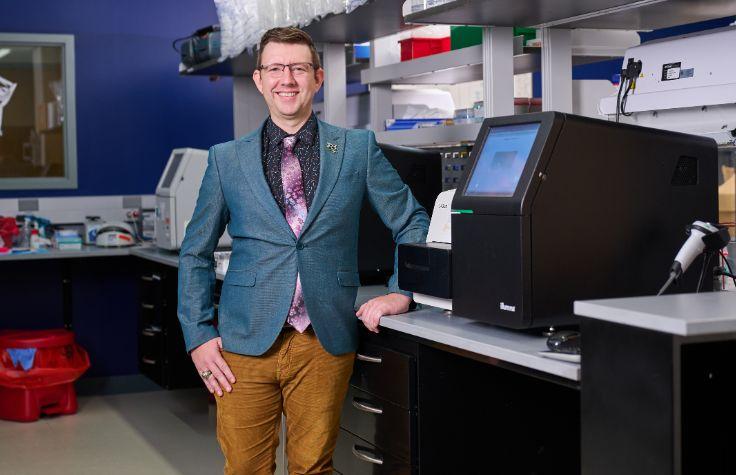Washington, DC’s Secret Weapon for RSV Surveillance
The Illumina Microbial Amplicon Prep simplifies a public health laboratory’s efforts to track the virus
Originally published on Illumina News Center
The Next-Generation Sequencing Core in the Washington, DC, Public Health Laboratory (PHL) has a critical job: pathogen surveillance for the nation’s capital. A team of scientists is trying to understand the molecular underpinnings that drive foodborne illnesses, COVID-19, respiratory syncytial virus (RSV), and other diseases threatening more than one million combined residents and commuters in the District of Columbia (which also welcomed a record 25.95 million tourists last year).
This year, the core has been working closely alongside multiple laboratories within the PHL to determine exactly what kinds of RSV they’re dealing with.
“We’re not sure of the type of RSV that is predominately circulating,” says Eric Vaughn, DrPH, who runs the NGS Core. “We’re trying to develop a surveillance system that can identify what strains are impacting our most vulnerable populations.”
RSV generally causes mild, cold-like symptoms; however, it can be particularly dangerous for newborns and seniors. The virus has two major strains—RSV-A and RSV-B—as well as several sub-lineages. Vaughn and his colleagues are working to understand what’s out in the community and whether it poses a significant danger.
What particular type of RSV is present in different demographics of the district? “If it’s B, for example, what type of B?” Vaughn asks. “What are the differences between pediatric and adult cases? If there’s a dangerous strain in a particular demographic, does it have a common source?”
Creating a surveillance system
The NGS Core spent last winter developing robust RSV sequencing protocols. All isolates were tested at the PHL for confirmation before being received in the sequencing laboratory for additional testing. During the upcoming respiratory illness season, they will receive more samples from a variety of population groups; this will help them paint a realistic and real-time picture about exactly how the different strains are affecting the district. This work will help them establish and fine-tune an RSV surveillance system, and enable the laboratory’s goal to collaborate with the DC Department of Health (a separate entity from the PHL) to get the word out to the community.
Although the team didn’t form any strong conclusions during this preliminary period, they analyzed enough samples to get the system going, and they’re starting to see a possible distinction between demographics and individuals with RSV-A and those with RSV-B.
“We wanted to establish the testing process, so we can be sure we’re accurately differentiating between A and B,” Vaughn says. “Once we go into the respiratory season this winter, we hope to get more samples in real time and, hopefully, start forming more solid conclusions.”
Essential IMAP
The Illumina Microbial Amplicon Prep (IMAP) kit has been an effective tool to simplify RSV sequencing for the NGS Core. The group didn’t have to spend time, or precious patient samples, vetting multiple kits. IMAP offered the products and services that the group needed.
While the project is in its early stages, the NGS Core is intrigued by how the results from the adult and the pediatric samples differ. “The majority of the samples fell into separate groups based on demographics,” says Vaughn. “It’s pretty eye-opening on what is occurring in the population and could guide DC Health in prevention and outreach services.”



